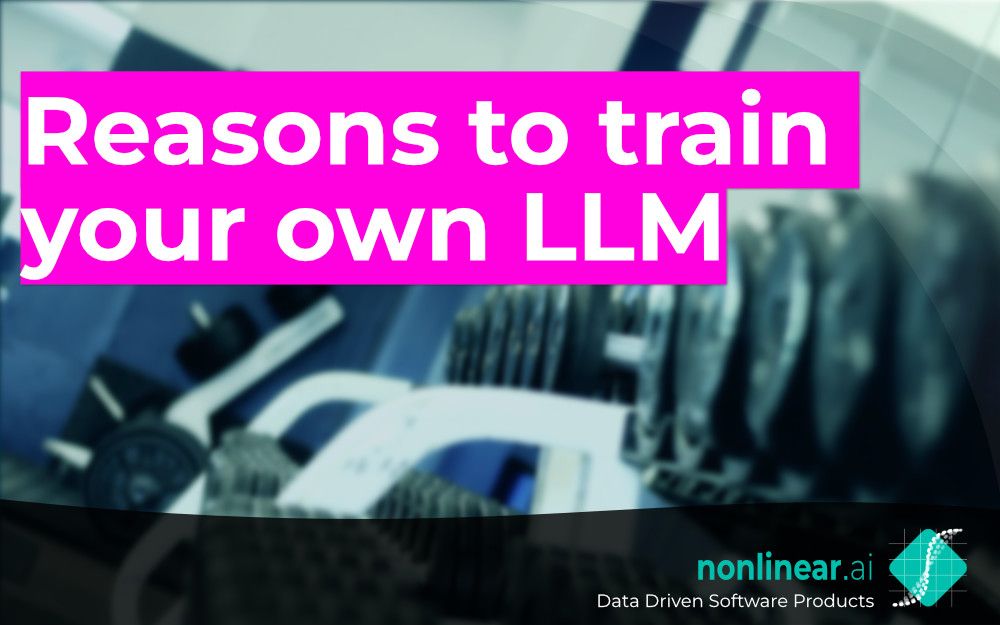Most companies use publicly available APIs to incorporate LLMs into their own products. While this is not a bad approach, especially if you're just starting with LLMs, it also has some drawbacks.
Below is a concise summary of reasons why you might consider training, fine-tuning and deploying your own LLM.
1. Better Performance
- Consistent outputs
- Stop hallucinating
- Stop suggesting your competitors
2. Data Privacy
- Data stays inside VPC or on premise
- Stop data leaking to competitors
- No 3rd party data breaches
3. Cost
- Lower cost per API hit
- Control cost
- Cost transparency
4. Latency
- Lower latency
- Higher throughput
- Control over latency
5. Uptime
- Control uptime
- Stop fighting for usage with others
- Avoid 3rd party outages
6. Ownership
- Your engineering team builds it
- No recurring professional services
- Build Al moat & in-house know-how
7. Flexibility
- Control LLM providers
- Choice over open-source LLMs
- Adapt LLM stack to custom needs
8. Bias
- Control biases with your own data
- Unlearn biases with unbiased data
9. Content Control
- Stop inappropriate content
- Stop unlicensed content
- Your own data-data transparency
You can find the original blog post here.



